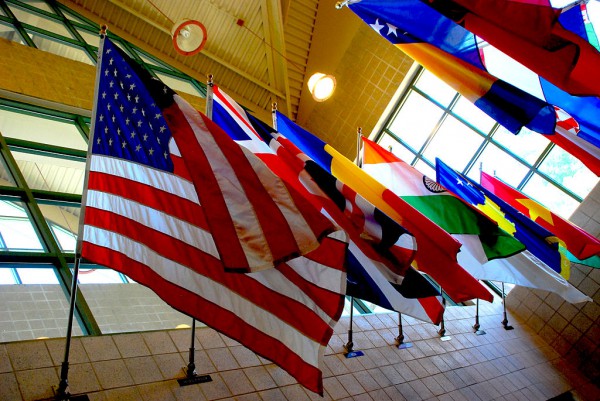Canada should increase transfers to provinces for post-secondary education
The Government of Canada is using international students as a cash cow to boost the economy and the International Education Strategy (IES), announced by the federal government in January 2014 is making things worse.
The main goal of the IES is to double the number of international students in Canada by 2022 in order to improve the domestic economy and create more employment opportunities.
But is it fair to use international students’ thirst for learning abroad to improve the economy while giving back nothing but huge bills and “Canadian experience?”
Tuition fees for international university undergraduate students have been rapidly growing over the past decade, rising from $14,487 in 2008 to $19,514 in 2013, according to the Canadian Federation of Students (CFS).
Average tuition for international full-time students in graduate programs rose 3.3 per cent to $13,934 in the 2014/2015 school year, shows data from Statistics Canada’s Survey of Tuition and Living Accommodation Costs for Full-time Students at Canadian Degree-granting Institutions.
International college students pay far more in tuition fees than domestic students. Even at George Brown College, international students are obliged to pay a minimum of $14,300 while local students pay $3,450 in base tuition fees (not including insurance, incidentals and books). With the new strategy currently being implemented, this amount is only expected to rise.
The more international students are accepted into institutions, the bigger the classes become. This is definitely a disadvantage, as it is harder to provide quality education to 50 students where it used to be 25. So not only will international students face higher tuition fees, but they will also have to deal with a degradation in the quality of education being provided.
It is important to mention that international students must also pay additional charges apart from tuition, such as visa application, health insurance and housing fees as well as travel costs from their countries of origin.
With the federal elections approaching, the newly elected government will have a chance to fix the the mistakes made in the 1990s. Since then tuition fees in Canada were greatly increased due to federal and provincial funding cuts. This incoming government should increase federal transfers to provinces and territories so that provinces will have more money to fund post-secondary education, providing a reasonable and secure way to lower tuition fees for international students.


